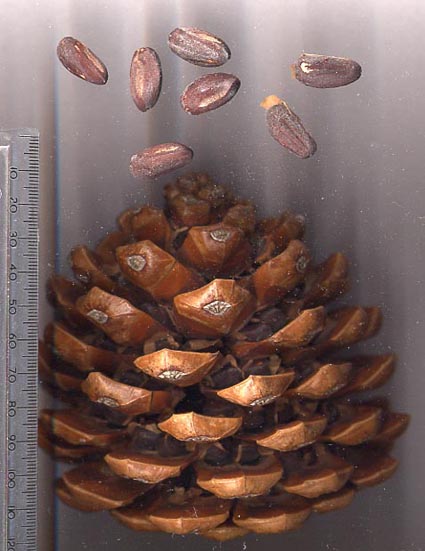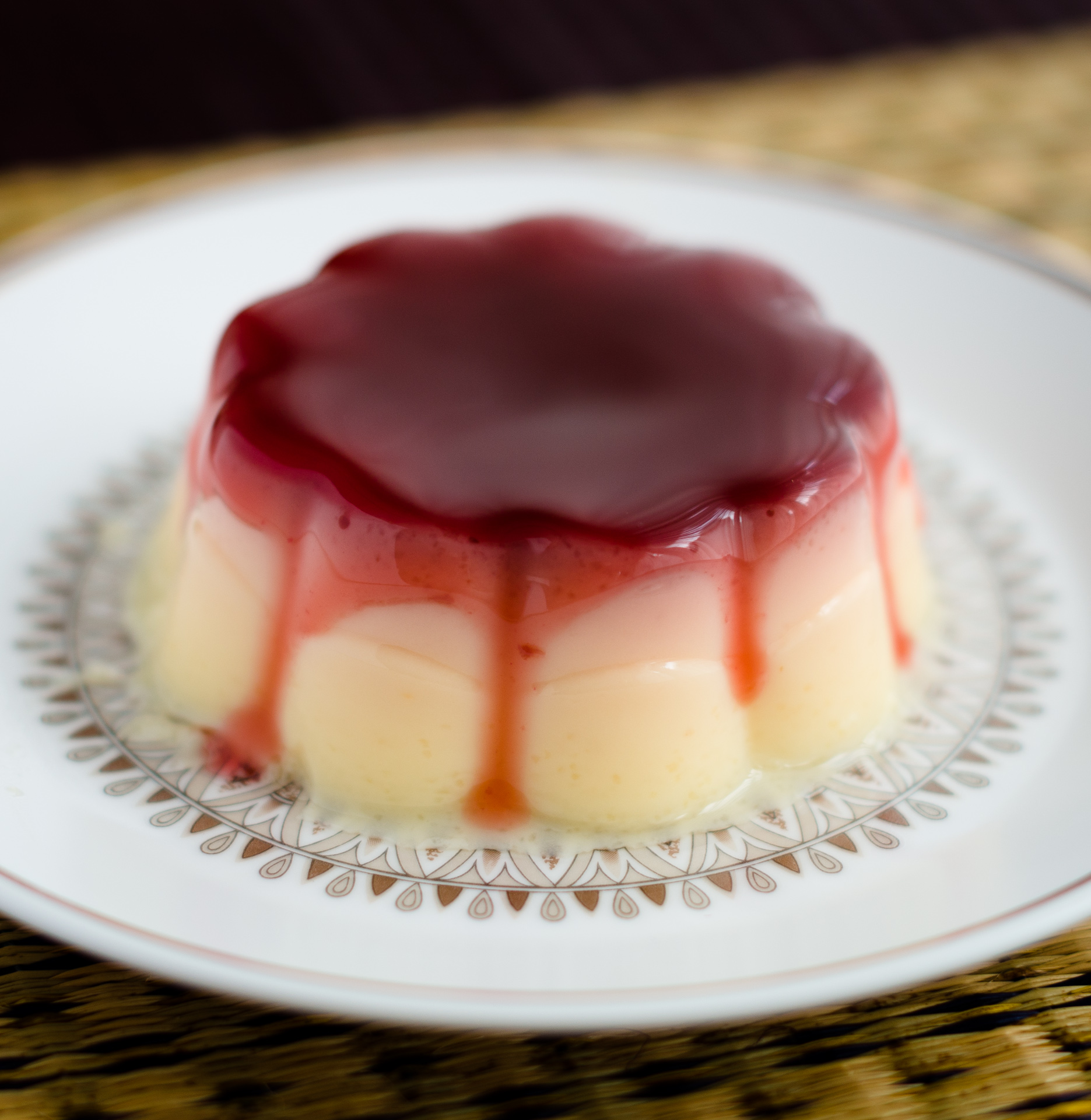|
Sfouf
Sfouf () is a Lebanese almond-semolina cake consumed on birthdays, family reunions, and religious holidays. It is made from semolina flour flavored with turmeric, sugar, sesame paste, aniseed, and pine nuts, and raised with baking powder Baking powder is a dry chemical leavening agent, a mixture of a carbonate or bicarbonate and a weak acid. The base and acid are prevented from reacting prematurely by the inclusion of a buffer such as cornstarch. Baking powder is used to increas .... References {{Arab-cuisine-stub Arab cuisine Lebanese cuisine Cakes ... [...More Info...] [...Related Items...] OR: [Wikipedia] [Google] [Baidu] |
Turmeric
Turmeric (), or ''Curcuma longa'' (), is a flowering plant in the ginger family Zingiberaceae. It is a perennial, rhizomatous, herbaceous plant native to the Indian subcontinent and Southeast Asia that requires temperatures between and high annual rainfall to thrive. Plants are gathered each year for their rhizomes, some for propagation in the following season and some for consumption or dyeing. The rhizomes can be used fresh, but they are often boiled in water and dried, after which they are ground into a deep orange-yellow shelf-stable spice powder commonly used as a coloring and flavoring agent in many Asian cuisines, especially for curries ( curry powder). Turmeric powder has a warm, bitter, black pepper-like flavor and earthy, mustard-like aroma. Although long used in Ayurvedic medicine, there is no high-quality clinical evidence that consuming turmeric or the principal turmeric constituent, curcumin, is effective for treating any disease. Curcumin, a bright ye ... [...More Info...] [...Related Items...] OR: [Wikipedia] [Google] [Baidu] |
Lebanese Cuisine
Lebanese cuisine is the culinary traditions and practices originating from Lebanon. It includes an abundance of Whole grain#Varieties, whole grains, Fruit#Food uses, fruits, Vegetable#Cultivation, vegetables, fresh Fish (food), fish and seafood. Poultry#Poultry as food, Poultry is eaten more often than red meat, and when red meat is eaten, it is usually Lamb and mutton#Butchery and cookery, lamb and Goat#Meat, goat meat. Dishes include copious amounts of garlic and olive oil, and dishes are often seasoned with salt and lemon juice. Chickpeas and parsley are also staples of the Lebanese diet. Well-known dishes include ''Baba ghanoush, baba ghanouj'', ''tabbouleh'', ''sfeeha'', ''falafel'' and ''shawarma''. An important component of many Lebanese meals is ''hummus'', a chickpea puree dish, and many dishes are eaten with flatbread. A plate of veggies with tomatoes, cucumber, mint, olives and pickles is always served on table, and a plate of fruits at the end of the meal with a Leba ... [...More Info...] [...Related Items...] OR: [Wikipedia] [Google] [Baidu] |
Lebanon
Lebanon, officially the Republic of Lebanon, is a country in the Levant region of West Asia. Situated at the crossroads of the Mediterranean Basin and the Arabian Peninsula, it is bordered by Syria to the north and east, Israel to the south, and the Mediterranean Sea to the west; Cyprus lies a short distance from the coastline. Lebanon has a population of more than five million and an area of . Beirut is the country's capital and largest city. Human habitation in Lebanon dates to 5000 BC. From 3200 to 539 BC, it was part of Phoenicia, a maritime civilization that spanned the Mediterranean Basin. In 64 BC, the region became part of the Roman Empire and the subsequent Byzantine Empire. After the seventh century, it Muslim conquest of the Levant, came under the rule of different Islamic caliphates, including the Rashidun Caliphate, Rashidun, Umayyad Caliphate, Umayyad and Abbasid Caliphate, Abbasid. The 11th century saw the establishment of Christian Crusader states, which fell ... [...More Info...] [...Related Items...] OR: [Wikipedia] [Google] [Baidu] |
Cake
Cake is a flour confection usually made from flour, sugar, and other ingredients and is usually baked. In their oldest forms, cakes were modifications of bread, but cakes now cover a wide range of preparations that can be simple or elaborate and which share features with desserts such as pastries, meringues, custards, and pies. The most common ingredients include flour, sugar, eggs, fat (such as butter, oil, or margarine), a liquid, and a leavening agent, such as baking soda or baking powder. Common additional ingredients include dried, candied, or fresh fruit, nuts, cocoa, and extracts such as vanilla, with numerous substitutions for the primary ingredients. Cakes can also be filled with fruit preserves, nuts, or dessert sauces (like custard, jelly, cooked fruit, whipped cream, or syrups), iced with buttercream or other icings, and decorated with marzipan, piped borders, or candied fruit. Cake is often served as a celebratory dish on ceremonial occasi ... [...More Info...] [...Related Items...] OR: [Wikipedia] [Google] [Baidu] |
Semolina
Semolina is the name given to roughly milled durum wheat mainly used in making pasta and sweet puddings. The term ''semolina'' is also used to designate coarse millings of other varieties of wheat, and sometimes other grains (such as rice or maize) as well. Etymology Semolina, attested since 1790–1800, is derived from the Italian word , an alteration of (, from Latin , ) with the diminutive suffix . The Latin word is of ultimate Semitic origin, with the original meaning of ; cf. Arabic (, ) and Aramaic (, ). Production Modern milling of wheat into flour is a process that employs grooved steel rollers. The rollers are adjusted so that the space between them is slightly narrower than the width of the wheat kernels. As the wheat is fed into the mill, the rollers flake off the bran and germ while the starch (or endosperm) is cracked into coarse pieces in the process. Through sifting, these endosperm particles, the semolina, are separated from the bran. The semolina is the ... [...More Info...] [...Related Items...] OR: [Wikipedia] [Google] [Baidu] |
Pine Nut
Pine nuts, also called piñón (), pinoli (), or pignoli, are the edible seeds of pines (family Pinaceae, genus ''Pinus''). According to the Food and Agriculture Organization, only 29 species provide edible nuts, while 20 are traded locally or internationally owing to their seed size being large enough to be worth harvesting; in other pines, the seeds are also edible but are too small to be of notable value as human food. The biggest producers of pine nuts are China, Russia, North Korea, Pakistan and Afghanistan. As pines are gymnosperms, not angiosperms (flowering plants), pine nuts are not " true nuts"; they are not botanical fruits, the seed not being enclosed in an ovary which develops into the fruit, but simply bare seeds—"gymnosperm" meaning literally "naked seed" (from and ). The similarity of pine nuts to some angiosperm fruits is an example of convergent evolution. Species and geographic spread In Asia, two species, in particular, are widely harvested: Korea ... [...More Info...] [...Related Items...] OR: [Wikipedia] [Google] [Baidu] |
Semolina
Semolina is the name given to roughly milled durum wheat mainly used in making pasta and sweet puddings. The term ''semolina'' is also used to designate coarse millings of other varieties of wheat, and sometimes other grains (such as rice or maize) as well. Etymology Semolina, attested since 1790–1800, is derived from the Italian word , an alteration of (, from Latin , ) with the diminutive suffix . The Latin word is of ultimate Semitic origin, with the original meaning of ; cf. Arabic (, ) and Aramaic (, ). Production Modern milling of wheat into flour is a process that employs grooved steel rollers. The rollers are adjusted so that the space between them is slightly narrower than the width of the wheat kernels. As the wheat is fed into the mill, the rollers flake off the bran and germ while the starch (or endosperm) is cracked into coarse pieces in the process. Through sifting, these endosperm particles, the semolina, are separated from the bran. The semolina is the ... [...More Info...] [...Related Items...] OR: [Wikipedia] [Google] [Baidu] |
Aniseed
Anise (; '), also called aniseed or rarely anix, is a flowering plant in the family Apiaceae native to the eastern Mediterranean region and Southwest Asia. The flavor and aroma of its seeds have similarities with some other spices and herbs, such as star anise, fennel, liquorice, and tarragon. It is widely cultivated and used to flavor food, candy, and alcoholic drinks, especially around the Mediterranean. Etymology The name "anise" is derived via Old French from the Latin words or from Greek ''ánēthon'' referring to dill. An obsolete English word for anise is ''anet'', also coming from ''anīsum''. Botany Anise is an herbaceous annual plant growing to or more. The leaves at the base of the plant are simple, long and shallowly lobed, while leaves higher on the stems are feathery or lacy, pinnate, divided into numerous small leaflets. Both leaves and flowers are produced in large, loose clusters. The flowers are either white or yellow, approximately in diameter ... [...More Info...] [...Related Items...] OR: [Wikipedia] [Google] [Baidu] |
Baking Powder
Baking powder is a dry chemical leavening agent, a mixture of a carbonate or bicarbonate and a weak acid. The base and acid are prevented from reacting prematurely by the inclusion of a buffer such as cornstarch. Baking powder is used to increase the volume and lighten the texture of baked goods. It works by releasing carbon dioxide gas into a batter or dough through an acid–base reaction, causing bubbles in the wet mixture to expand and thus leavening the mixture. The first ''single-acting'' baking powder (meaning that it releases all of its carbon dioxide as soon as it is dampened) was developed by food manufacturer Alfred Bird in England in 1843. The first ''double-acting'' baking powder, which releases some carbon dioxide when dampened and later releases more of the gas when heated by baking, was developed by Eben Norton Horsford in the U.S. in the 1860s. Baking powder is used instead of yeast for end-products where fermentation flavors would be undesirable, or wher ... [...More Info...] [...Related Items...] OR: [Wikipedia] [Google] [Baidu] |
Arab Cuisine
Arab cuisine collectively refers to the regional culinary traditions of the Arab world, consisting of the Maghreb (the west) and the Mashriq (the east). These cuisines are centuries-old and reflect the culture of trading in ingredients, spices, herbs, and commodities among the Arabs. The regions have many similarities, but also unique traditions. They have also been influenced by climate, cultivation, and mutual commerce. Medieval cuisine Breads The white bread was made with high-quality wheat flour, similar to bread but thicker, the fermented dough was leavened usually with yeast and "baker's borax" () and baked in a ''tandoor''. One poetic verse describing this bread: "In the farthest end of Karkh of Baghdad, a baker I saw offering bread, wondrous fair. From purest essence of wheat contrived. Radiant and absolute, you may see your image reflected, crystal clear. rounds glowing with lovely whiteness, more playful than gorgeous singing girls, They look like crystal trays, an ... [...More Info...] [...Related Items...] OR: [Wikipedia] [Google] [Baidu] |






